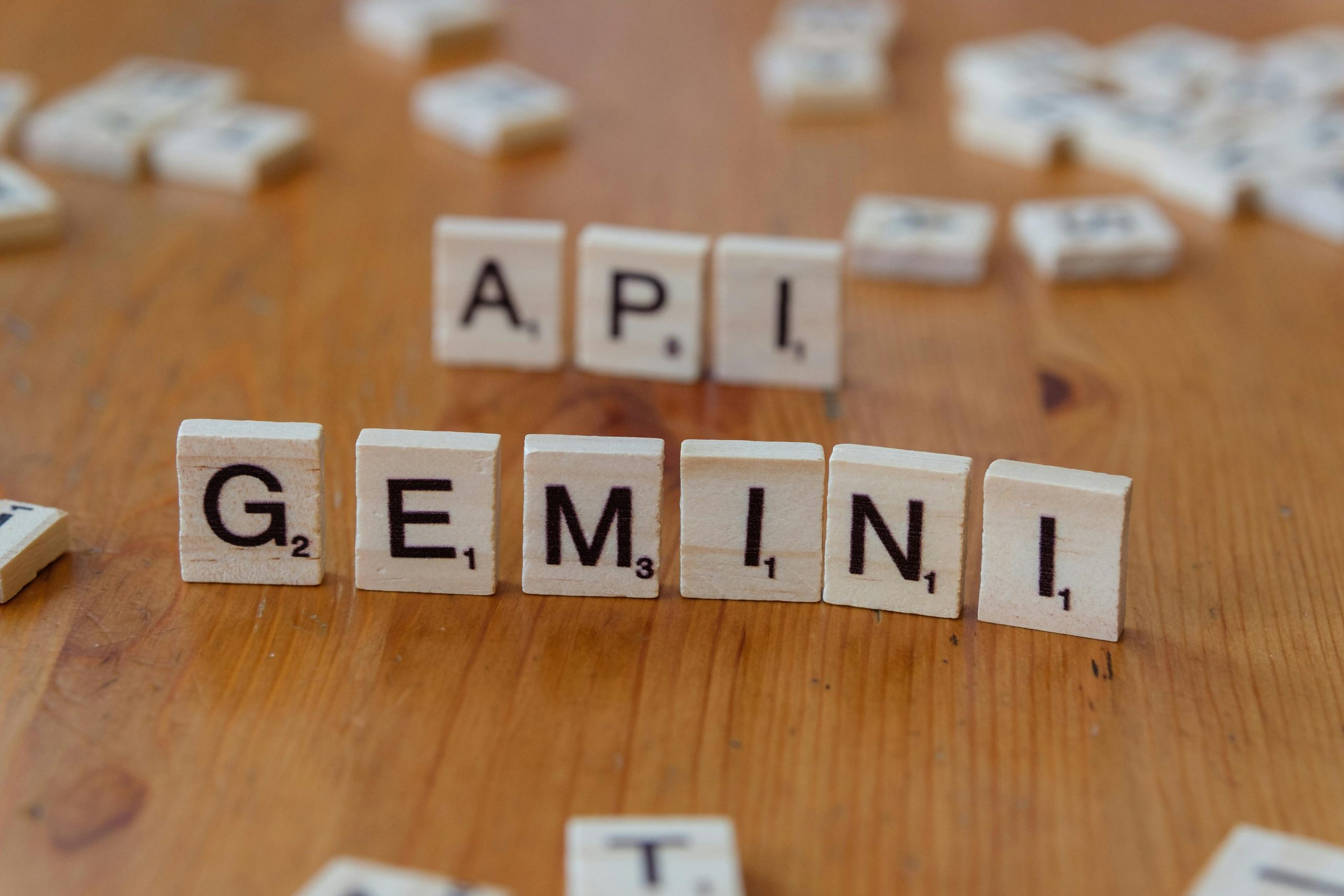Understanding How Large Language Models Handle Sponsored Content in Training and Responses
As artificial intelligence continues to advance, large language models (LLMs) such as ChatGPT and Google’s Gemini have become integral tools for generating human-like text and providing recommendations across numerous domains. However, an important question arises: do these models incorporate or reference sponsored or promoted articles in their outputs? Furthermore, does their training process include mechanisms to filter out paid content, or could such material influence their responses?
The Presence of Sponsored Content in Training Data
Large language models are trained on vast and diverse datasets that include books, websites, articles, and other publicly available texts. Given the scale and variety of sources, there is a possibility that some sponsored or promoted material is part of the data corpus. Sponsored articles, often marked with tags such as “ad” or “sponsored” within the HTML or directly within the content, are prevalent online. The question is whether models are capable of recognizing these labels and whether such content influences their generated responses.
Do LLMs Recognize Sponsored Content?
During the training process, models learn from patterns across millions of documents. In theory, content marked with specific tags such as “sponsored” or “advertisement” could serve as signals indicating promotional material. However, the extent to which models differentiate between organic editorial content and paid advertising depends heavily on the training data and preprocessing techniques.
If the data curation process explicitly filters out sponsored content or tags it accordingly, the model might learn to de-emphasize or avoid referencing such material. Conversely, if sponsored articles are woven into the training data without explicit identification, the model may include elements of promotional content in its knowledge base. This could result in responses that are influenced, consciously or unconsciously, by paid content.
Filtering Mechanisms During Training
Training datasets often undergo cleaning and filtering processes to improve quality. These may include removing overtly promotional material or flagging certain content types. The specifics of these filtering steps vary between organizations and training routines, and such detail is typically proprietary. Consequently, it remains uncertain whether models are trained explicitly to disregard sponsored content or if some of it remains part of the dataset.
Implications for Users and Content Strategy
For users evaluating whether to rely on AI-generated recommendations, understanding this dynamic is crucial. If sponsored content continues to influence models’ outputs, there could be concerns about bias or undue promotion in the responses.
For content creators and marketers, considering whether investing in high-quality, branded

